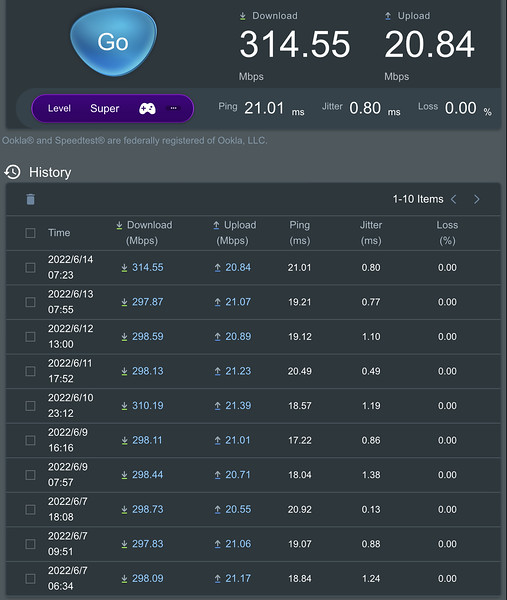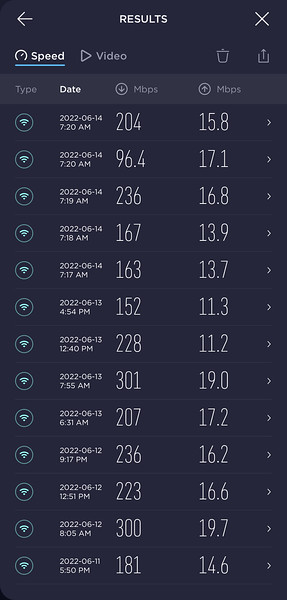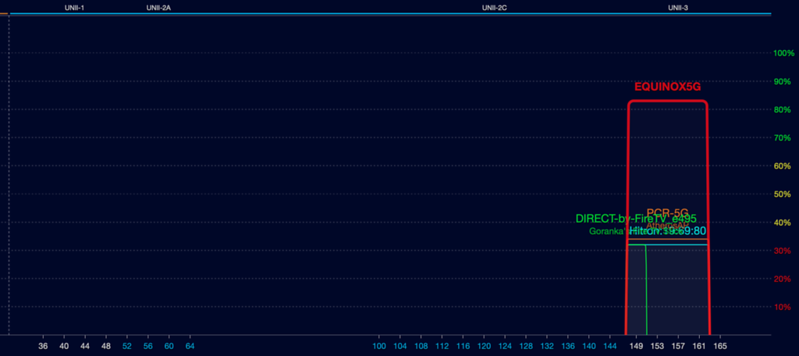Those are definitely details to consider. I will ponder and integrate this new insight. Thanks!
OE
OK, I've pondered this...
Auto Channel Selection Dameon (ACSD)
Dynamic Frequency Selection (DFS)
Control Channel
Auto - router ACSD/DFS automatically varies router control channel and bandwidth for its radio space.
fixed - user fixes router control channel, subject to DFS when using 160MHz bandwidth.
Client
must support control channel.
Channel Bandwidth
20/40/80/160 (auto) - router ACSD/DFS automatically varies router bandwidth for its radio space.
fixed - user fixes router bandwidth, subject to DFS when using 160MHz bandwidth.
Client
should connect at its best bandwidth permitted, subject to router bandwidth and client support for extension channel(s).
General Usage (WiFi6 US)
2.4 fixed (ch 1/6/11; 20MHz bw)*
2.4 auto (ch Auto; 20MHz bw)
5.0 fixed with half DFS (ch 36-48; 160MHz bw)
5.0 fixed with no DFS (ch 36-48/149-161; 80MHz bw)*
5.0 auto with half DFS (ch Auto, excluding DFS control channels; 20/40/80/160MHz bw)
5.0 auto with no DFS (ch Auto, excluding DFS control channels; 20/40/80MHz bw)
Start with fixed... if WiFi/other interference persists/won't move off, try auto.
Start with half DFS... if radar/DFS interference persists, switch to no DFS.
* Denotes my fixed and no DFS usage:
Alternatively, my auto and no DFS usage might look like this:
OE




